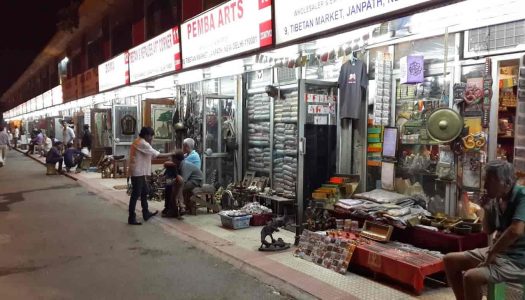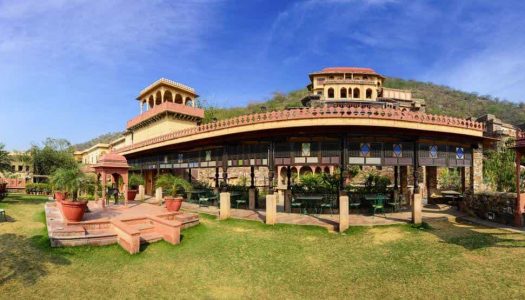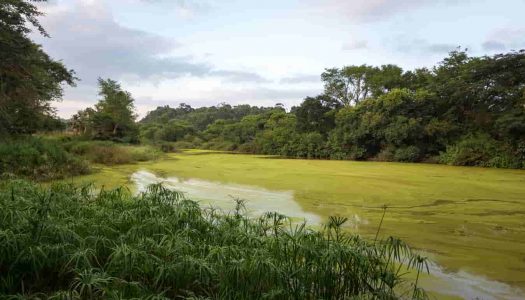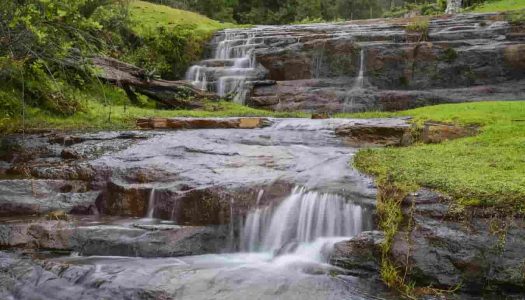Nehru called Delhi the grave of many empires and the nursery of a republic. With every step we take in this city where every other building is replete with historical significance, we can trace India’s journey and the bright and dark times it has experienced through the ages.
As it transitioned from Khandavaprastha or Hastinapur to Dilli to New Delhi, it has witnessed the rise and fall of empires over generations and the merging of different cultures and traditions. The seven historical older cities of Delhi stand in mute testimony to the glory of these rulers and the passage of time since.
Historians trace these “Seven Older Cities of Delhi” which developed around the fortresses of each dynasty that ruled Delhi from 1100 AD through 1947 AD:
Book Budget Hotels in New Delhi
Seven Cities of Delhi
1. Qila Rai Pithora
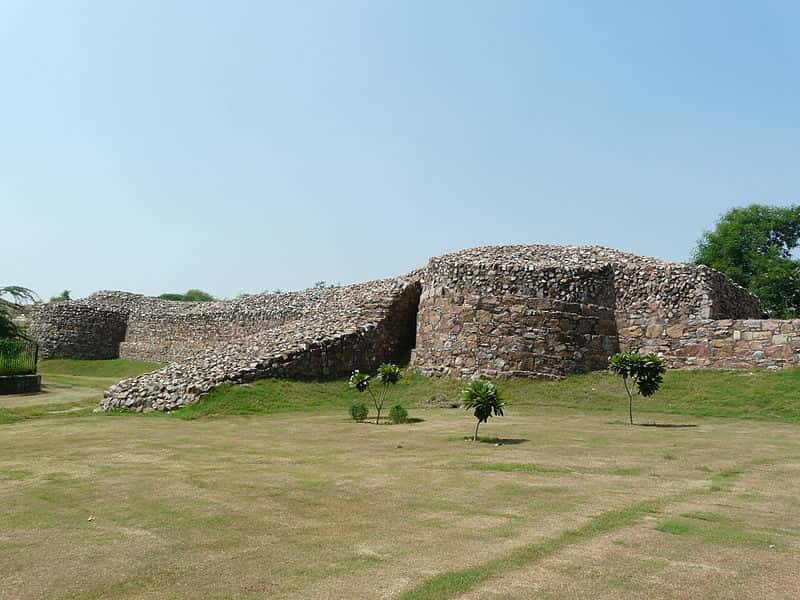
Recorded history puts the first among the 7 cities of Delhi, Qila Rai Pithora in the reign of Prithviraj Chauhan, whose ancestors captured Delhi from Tomar Rajputs in the 10th century.
Prithviraj symbolises India’s resistance against Muslim invaders, and is credited with building a complex of twenty seven temples, at the site of Qutab Minar and Quwwat-ul-Islam Mosque.
He ruled Delhi from this 6.5 kilometre-long fort until his defeat and death in the Second Battle of Tarain in 1192 AD, ceding control to the Mamluk/Slave dynasty. The city’s remains are spread across South Delhi’s Vasant Kunj, Kishangarh, Mehrauli and Saket areas.
2. Mehrauli
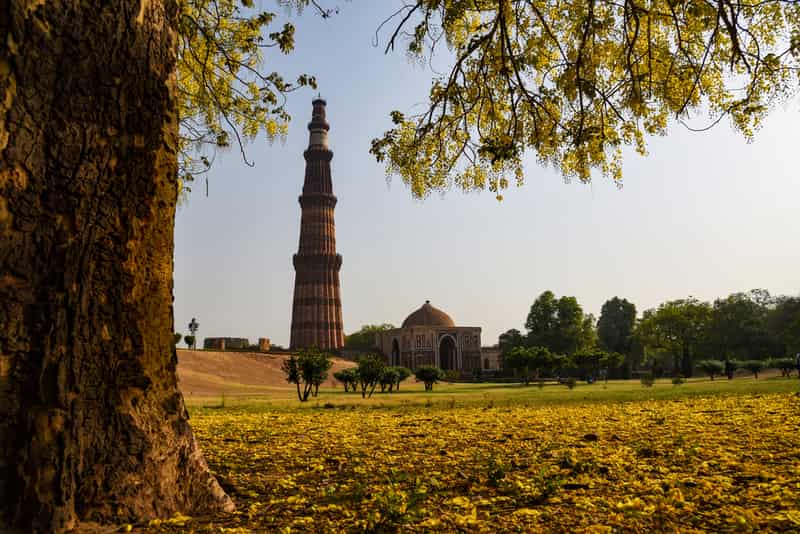
Qutubuddin Aibak was Ghori’s viceroy from 1193 and took over as Delhi’s Sultan in 1206, after Ghori’s death. Thus started the impact of Islamic culture and faith on Delhi for the next six-and-a-half centuries, primarily in architecture.
Second among the 7 historical cities of Delhi, Mehrauli was created by Qutubuddin Aibak. Qutab Minar, his 72.5-metres-tall Tower of Victory, completed in 1220 AD, stands till today. Other buildings and constructions, like the mausoleum of Saint Qutubudding Bhaktiyar Kaki, Shamsi Tomb, Jahaz Mahal and tombs of rulers, from the 11th and 12th centuries lay in ruins today.
3. Siri Fort
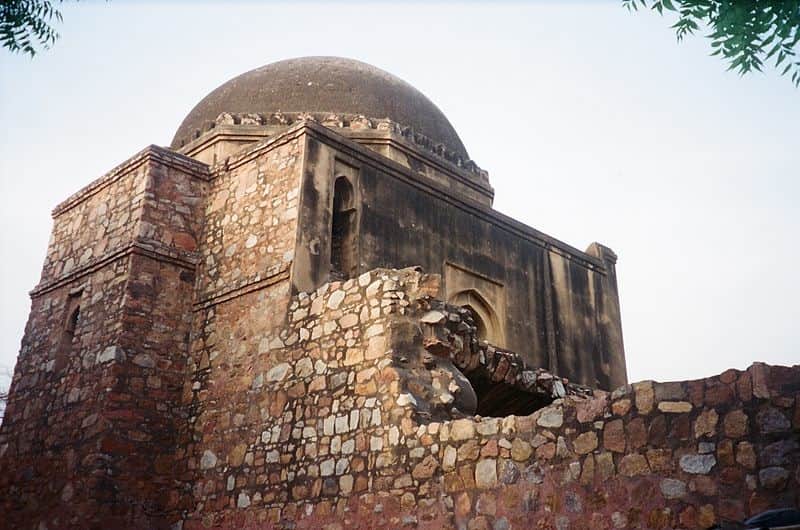
A Turkish tribe from Afghanistan, Khilji rulers followed the Mamluks, with Allauddin Khilji most famous among them. He extended his rule across India in to the South and built Siri Fort, with stretches of thick walls, using craftsmen from the Saljuqian dynasty in West Asia who sought refuge in his court, to escape Mongol invaders.
Today’s complex of chic boutiques, Hauz Khas was a large reservoir of the times, though Khilji’s wish to have a tower which supersedes the Qutab Minar didn’t succeed. Visit the Alai Darwaja to see its lotus motifs and a perfect true arch as per Islamic architecture.
4. Tughlaqabad
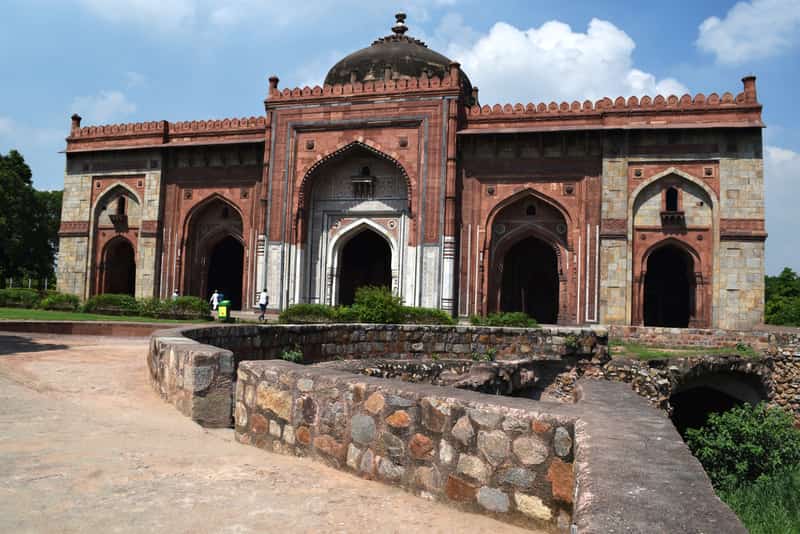
Fourth on the list of cities in Delhi state is Tughlaqabad, built by the headstrong, tyrannical ruler Tughlaq, during a period of terrible battles, invasions, beheadings and death. After shifting the capital to Daulatabad and then shifting back, Mohammed bin Tughlaq built a smaller city called Jahanpannah between Qila Rai Pithora and Siri Fort.
He abandoned Tughlaqabad Fort, fearing it was under a curse from Saint Nizamuddin Auliya. But, Tughlaqabad remained the main city, where examples of the Tughlaq style of architecture like Bari Manzil, Bikai Mandal, Khirkee Mosque and Chirag-i-Dilli’s Dargah still remain, along with caravanserais, madrasas and canals.
5. Firozabad
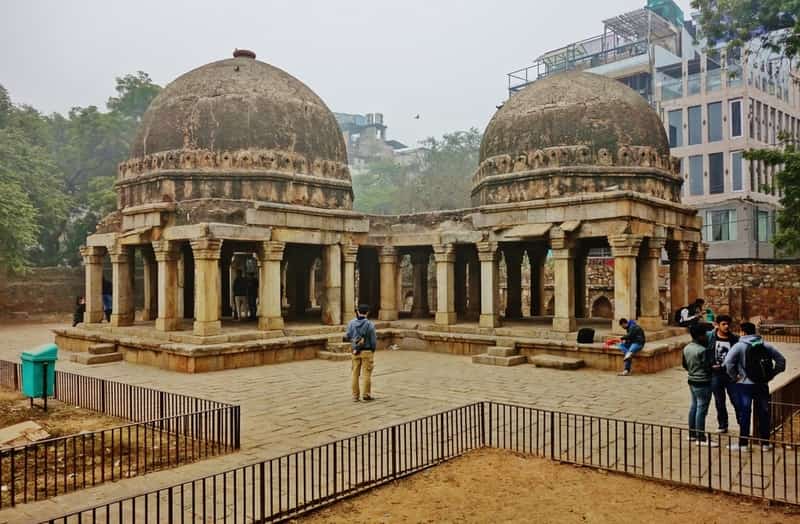
Fifth in the list of cities in Delhi, Firozabad was built by Firoze Tughlaq next to the river Yamuna. The palaces boast of pillared halls and high walls, along with mosques, a pigeon tower and a water tank and a 1500-year-old Ashokan pillar.
He built a number of hunting lodges and mosques around Delhi and repaired Sultan Ghori’s Tomb, Qutub Minar, Suraj Kund and Hauz-Khas.
Firoze’s own tomb lies in Hauz-Khas and the Kotla Firose Shah is a famous sports stadium. Except for the tombs at Lodhi gardens, the Sayyids and Lodhis who followed the Tughlaqs did little for arts or architecture.
6. Shergarh
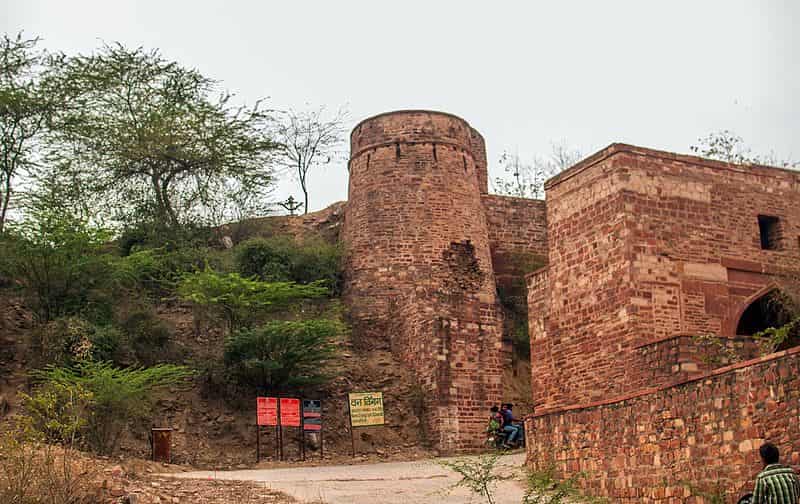
The ornate Purana Qila was built by Sher Shah in 1540, who razed Humayun’s capital Dinpanah to the ground to do so. When Humayun won Delhi back in 1555, he completed Sher Shah’s Qila and ruled from Shergarh till his death in 1556, after a fall from the stairs in Sher Mandal.
These ruins are a big attraction today along with Humayun’s Tomb, built by his widow Hamida Banu Begum. The last Emperor Bahadur Shah Zafar here but was captured and exiled to Rangoon while his two sons and grandson were killed by the British Captain who caught them.
7. Shajahanabad
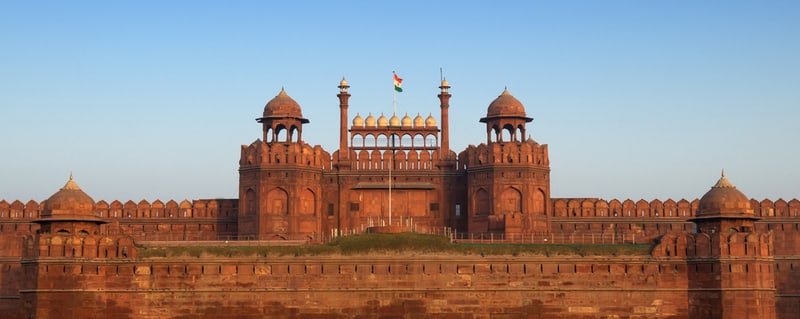
One of the greatest Mughals, Akbar concentrated all his efforts at Fatehpur Sikri. But his grandson Shahjahan, who created the Taj Mahal, also built one of the seven cities of Delhi, Shajahanabad, in Old Delhi in the 17th century and brought the focus back to Delhi.
The Jama Masjid and the Red Fort stand testimony to the splendor and magnificence of the architecture characterizing this walled city with its ten-kilometer perimeter, with its narrow lanes, its many mandirs to Hindu Gods and Goddesses, its Church and Gurudwara, its seven gates and its romantic bazaars beloved of the many tourists today.
The story of Delhi has been one of glory undermined by rivalries, intrigue and plunder by invaders. This is true of Shahjahan’s time too which ended with the massacre and looting of Delhi by Nadir Shah and other invaders from Maratha, Persia and Afghanistan, while the British ruled India from Calcutta.
Delhi’s glory returned in 1911 when the capital shifted to Delhi and New Delhi was built in and around Raisina Hills, with the Indian parliament, Rastrapathi Bhawan, Connaught Place, the roads, parks and other structures lending it all the majesty, pomp and show any erstwhile ruler would have commanded.




















